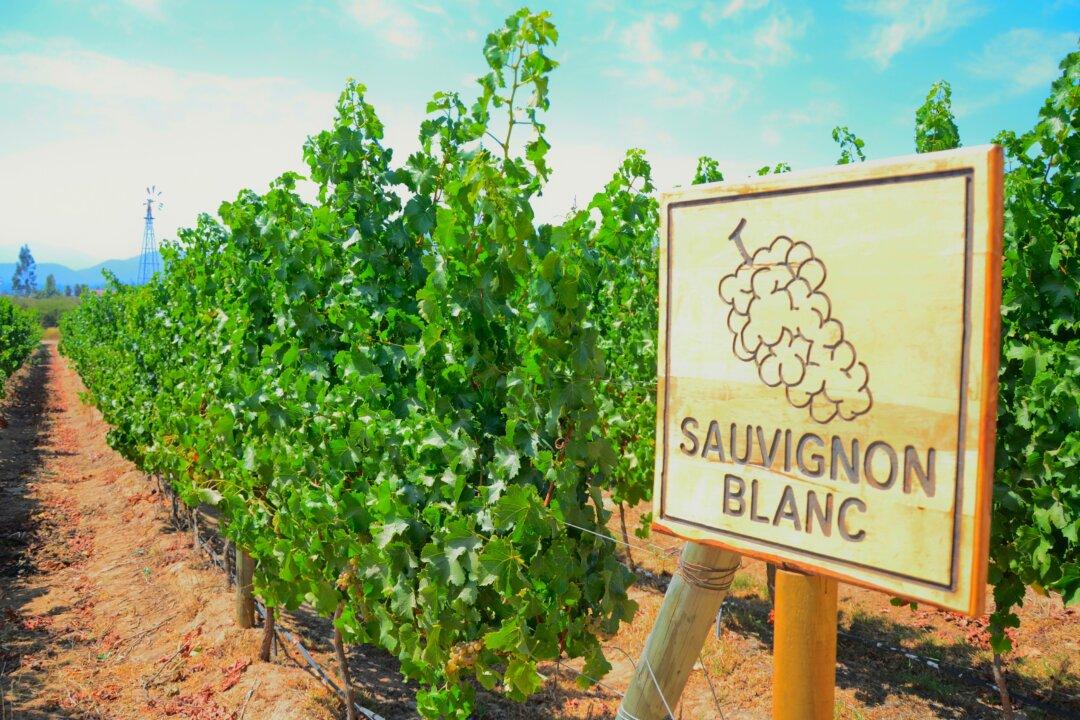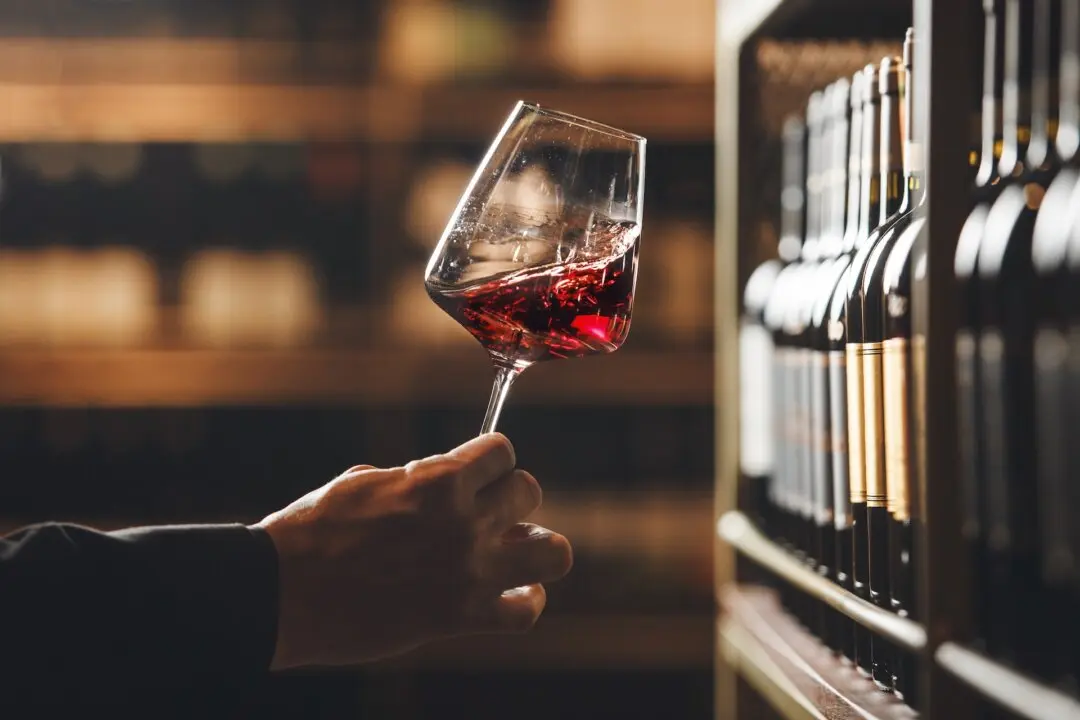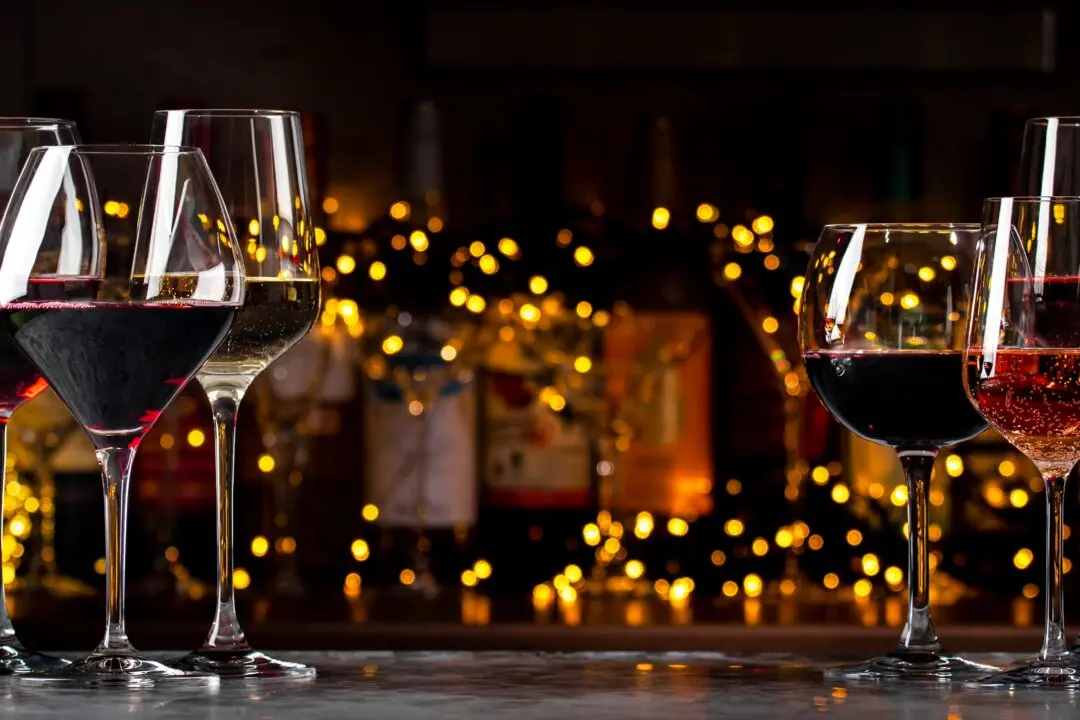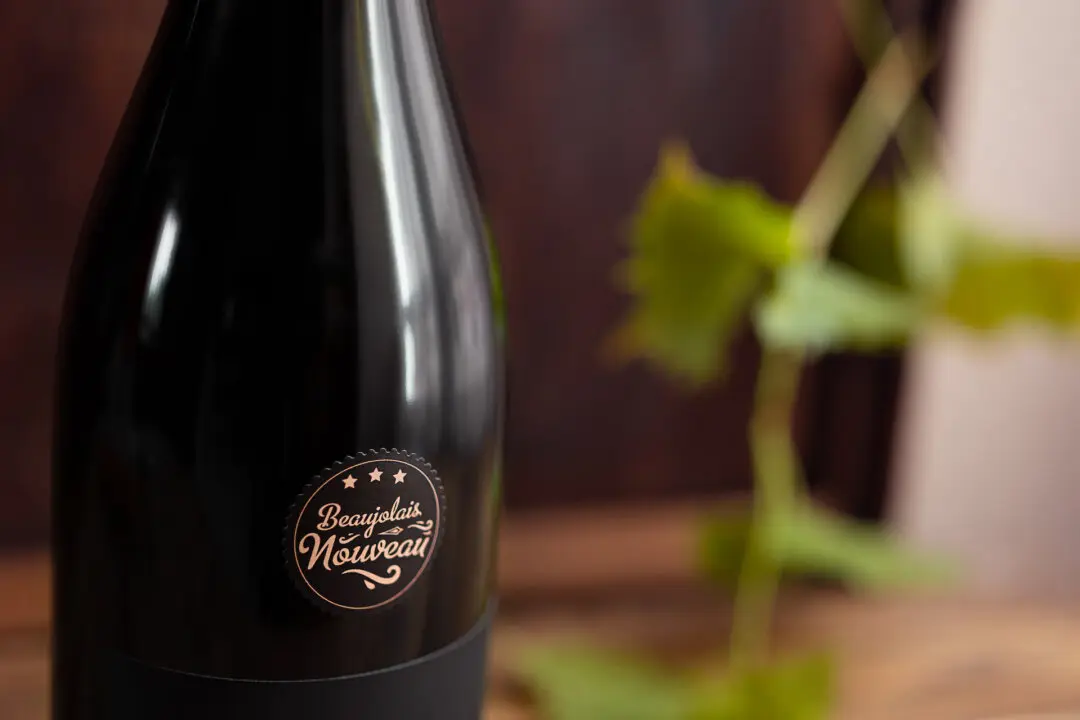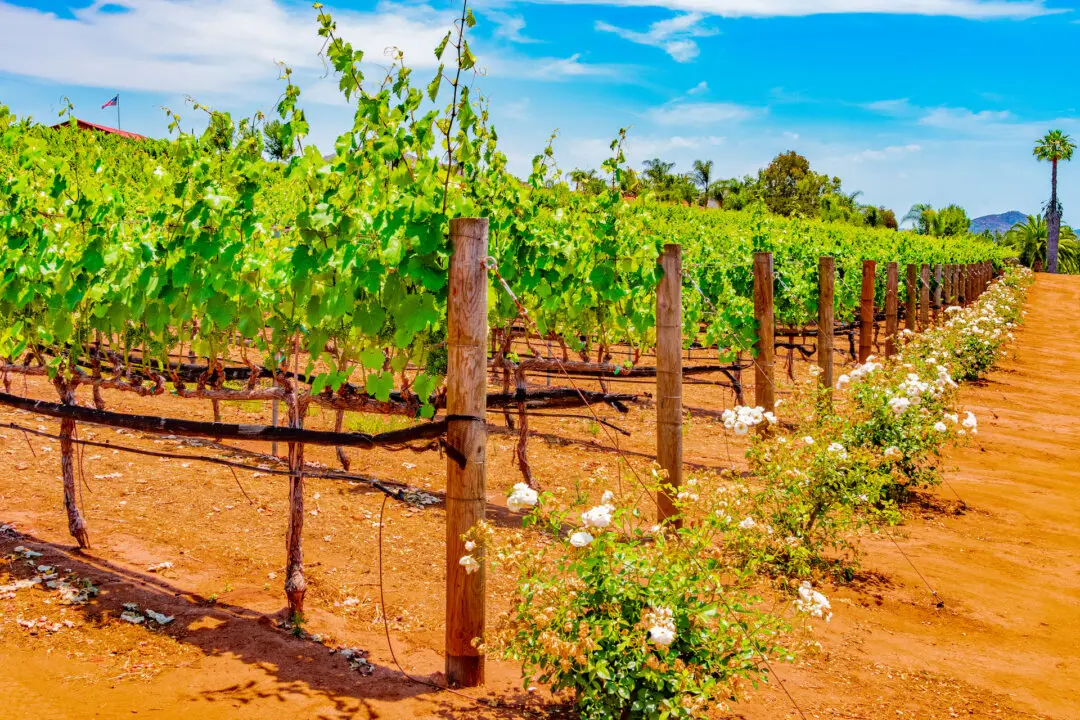Sauvignon blanc is one of the world’s most popular white wines, and for a columnist who started writing about wine 45 years ago, that’s a shock.
I’ve always been a fan of it and hoped it would get popular. In the early 1980s, I wrote that this variety was well under the radar and was unlikely to gain wide traction.

